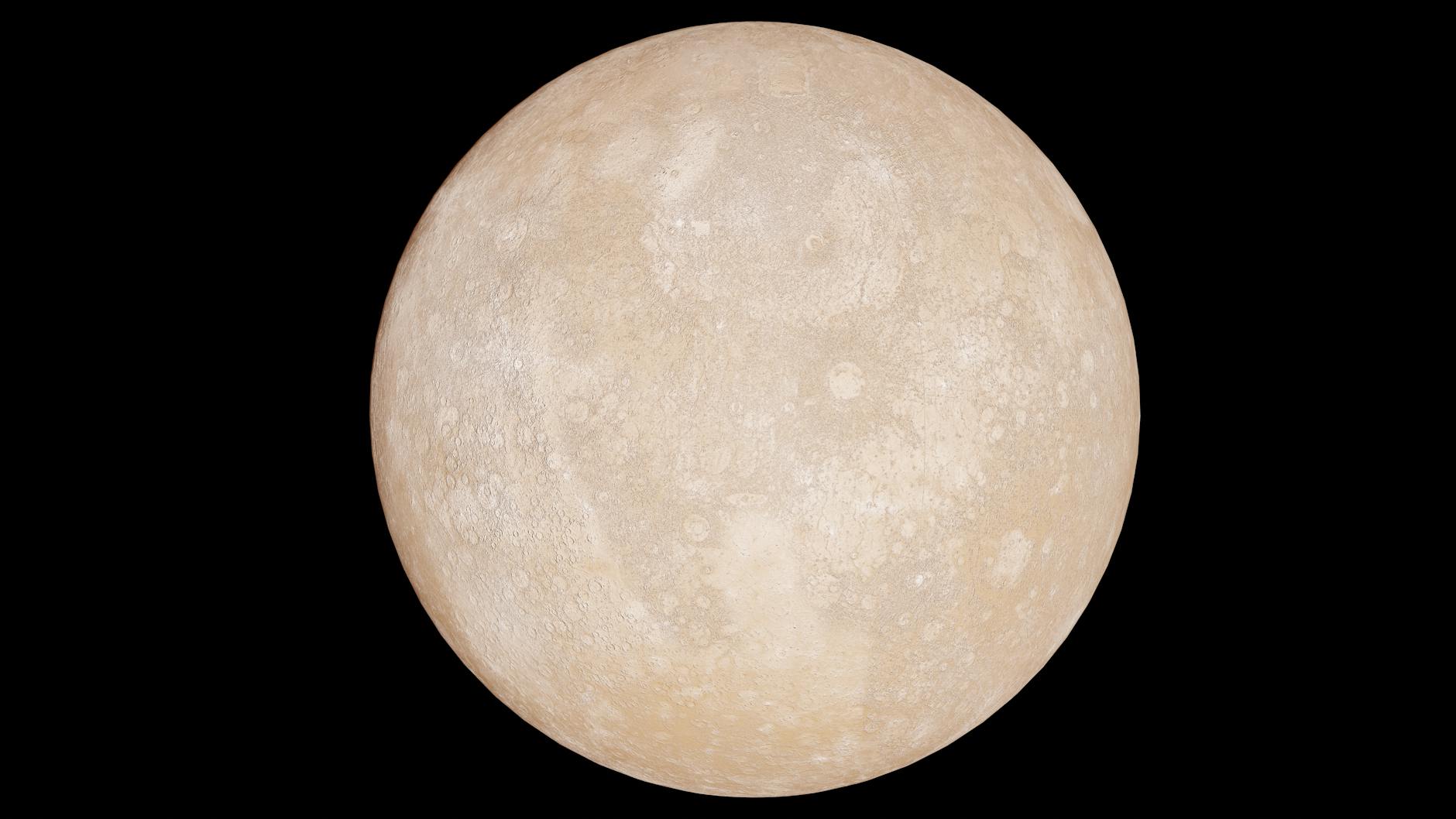NASA Asteroid Mission Uncovers Clues to Solar System’s Origins
Bennu Samples Reveal Ancient Materials, Offering Glimpse into Early Planetary Formation
NASA’s OSIRIS-REx mission has successfully returned samples from the asteroid Bennu, a journey spanning over 200 million miles. Scientists are now delving into these collected materials, which are believed to be remnants from the very early stages of our solar system’s formation, potentially predating the Sun itself. The analysis of Bennu’s dust and rock fragments promises to shed light on the chemical building blocks that coalesced to form planets, including our own Earth.
A Journey to a Primitive Asteroid
The OSIRIS-REx (Origins, Spectral Interpretation, Resource Identification, Security-Regolith Explorer) spacecraft, launched in 2016, was specifically designed to rendezvous with, study, and collect a sample from Bennu. This near-Earth asteroid, approximately 1,600 feet (490 meters) in diameter, was chosen for its scientific significance. Bennu is classified as a carbonaceous asteroid, meaning it is rich in carbon and potentially contains water and organic molecules. Such asteroids are considered to be among the most primitive bodies in the solar system, largely unaltered since their formation billions of years ago. This primitive nature makes them invaluable time capsules, offering scientists a direct look at the conditions and materials present during the solar system’s infancy.
Bennu’s Composition: A Chemically Primitive Snapshot
Initial analyses of the samples returned by OSIRIS-REx indicate that Bennu is indeed “chemically primitive.” This designation means that the asteroid’s composition closely resembles that of the primordial solar nebula from which our Sun and planets formed. Scientists are particularly interested in the presence of water-bearing minerals and organic compounds, which are considered essential ingredients for the emergence of life. The detailed study of these components can help researchers understand how water and organic molecules were delivered to early Earth, a critical step in the planet’s habitability.
Understanding Our Cosmic Neighborhood
The scientific community anticipates that the Bennu samples will provide a wealth of data to refine models of planetary formation. By studying the isotopic ratios and elemental composition of the asteroid’s material, scientists can gain a better understanding of the processes that governed the distribution of elements in the early solar system. This research could help answer fundamental questions about how rocky planets like Earth accreted from dust and gas, and what role asteroids played in delivering volatile compounds, such as water and carbon, to the nascent Earth.
Insights into Asteroid Evolution and Potential Resources
Beyond its origins, the mission also offers insights into the evolution of asteroids over billions of years. While Bennu is considered primitive, it has still undergone some degree of alteration. Studying these changes can help scientists understand the dynamic processes that shape asteroids, such as exposure to solar radiation and impacts. Furthermore, the mission’s success in collecting and returning samples highlights the growing capabilities of space exploration for in-situ resource utilization. Carbonaceous asteroids like Bennu are thought to be rich in water ice and useful minerals, making them potential targets for future resource extraction missions to support human space exploration.
Navigating the Data: What Lies Ahead
The process of analyzing the Bennu samples is a complex and meticulous undertaking. Scientists worldwide will have access to portions of the returned material, enabling a diverse range of investigations. From mineralogy and geochemistry to organic chemistry, each discipline will contribute to a comprehensive picture of Bennu’s history and its implications for solar system evolution. The preliminary findings suggest a composition that aligns with expectations for a primitive body, but the full scientific return of the mission will unfold over the coming years as more detailed analyses are completed and peer-reviewed.
Key Takeaways from the Bennu Mission Samples:
- Samples from asteroid Bennu have been successfully returned to Earth.
- Initial analyses indicate Bennu is “chemically primitive,” offering insights into the early solar system.
- The asteroid’s composition may reveal information about the delivery of water and organic molecules to early Earth.
- Bennu’s materials are expected to help refine models of planetary formation.
- The mission showcases advancements in sample return technology and the potential for asteroid resource utilization.
Looking Forward: Continued Exploration
The OSIRIS-REx mission’s success is a significant achievement for NASA and the scientific community. The returned samples from Bennu represent a unique opportunity to study pristine material from the dawn of our solar system. As research continues, these ancient fragments will undoubtedly contribute to a deeper understanding of our cosmic origins and the conditions that made Earth a habitable planet. The ongoing analysis promises to be a cornerstone for future investigations into planetary science and astrobiology.
References
- NASA OSIRIS-REx Mission Page – Official information and updates from NASA on the OSIRIS-REx mission.


























